
Ingredient
Pepper leaves
The Leafy Delight: Unveiling the Hidden Potential of Pepper Leaves
Pepper leaves are heart-shaped, glossy, and vibrant green in color. They have a slightly pungent and peppery taste, similar to black pepper, with a hint of sweetness. The leaves are tender and have a smooth texture, making them ideal for both raw and cooked preparations. When used in dishes, they impart a refreshing and aromatic quality that enhances the overall flavor profile.
Origins and history
Pepper leaves have a rich cultural and historical significance, particularly in Southeast Asia and the Indian subcontinent. They have been used for centuries in traditional medicine and culinary practices. In many cultures, the leaves are considered auspicious and are used in religious ceremonies and rituals. They are also known for their medicinal properties and are believed to have various health benefits.
Nutritional information
Pepper leaves are a good source of vitamins A and C, calcium, iron, and dietary fiber. They are low in calories and contain antioxidants that help boost the immune system.
Allergens
There are no known allergens associated with pepper leaves.
How to select
When selecting pepper leaves, look for fresh, vibrant green leaves that are free from blemishes or discoloration. Avoid leaves that are wilted or have yellow spots. The leaves should have a strong aroma, indicating their freshness.
Storage recommendations
To maintain the freshness of pepper leaves, store them in a plastic bag or airtight container in the refrigerator. They can stay fresh for up to a week. Alternatively, you can freeze the leaves by blanching them briefly in boiling water, drying them thoroughly, and storing them in a freezer-safe bag or container.
How to produce
Pepper leaves can be easily grown in a home garden or in pots. They require a warm and humid climate, well-drained soil, and partial shade. Regular watering and occasional pruning will help maintain healthy growth.
Preparation tips
Pepper leaves can be used in various ways. They can be added to salads, wraps, or sandwiches for a peppery kick. They can also be used as a wrap for meat or seafood, imparting a unique flavor to the dish. In traditional cuisines, the leaves are often used to make a popular snack called "paan," where they are filled with a mixture of betel nut, spices, and sweeteners. Additionally, the leaves can be used to infuse flavor into soups, stews, or curries by adding them during cooking and removing them before serving.
Culinary uses
Pepper leaves are commonly used in Southeast Asian and Indian cuisines. They are used as a wrapping ingredient for various dishes, such as betel leaf-wrapped grilled meats or fish. They can also be used to make chutneys, sauces, or added to stir-fries for a unique flavor. In some regions, the leaves are used to make herbal teas or infused into desserts for their aromatic qualities.
Availability
Pepper leaves are commonly available in Southeast Asia, particularly in countries like India, Thailand, Indonesia, and Malaysia.
More ingredients from this category » Browse all

Mallow leaves
Velvety Greens with a Mild Bite
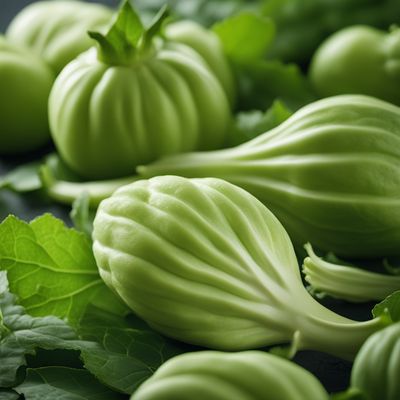
Chayote leaves
Versatile Green Delight: Chayote Leaves
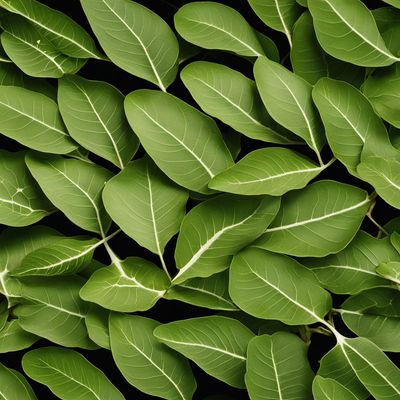
Baobab leaves
The Nutritional Powerhouse: Baobab Leaves Unveiled

Melientha grass
The Fragrant Herb: Unveiling the Wonders of Melientha Grass
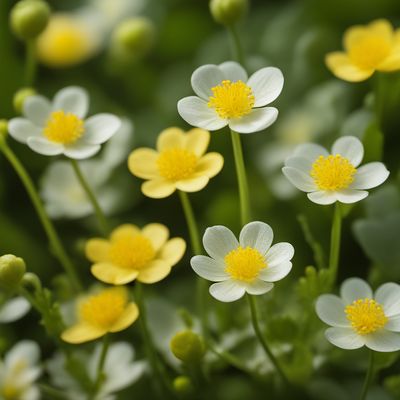
Marsh marigold leaves
The Golden Herb
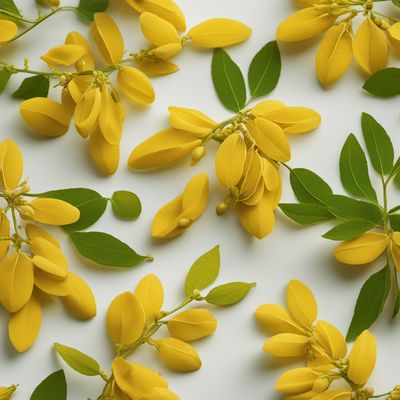
Senna leaves
The Natural Laxative: Unveiling the Power of Senna Leaves
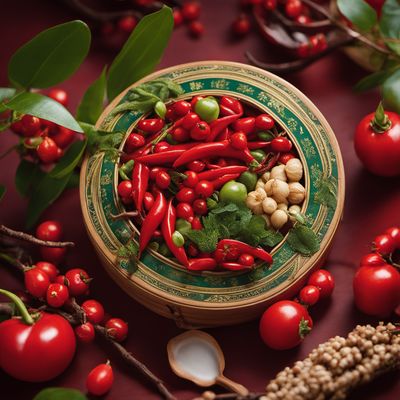
Box thorn
Nature's Tang
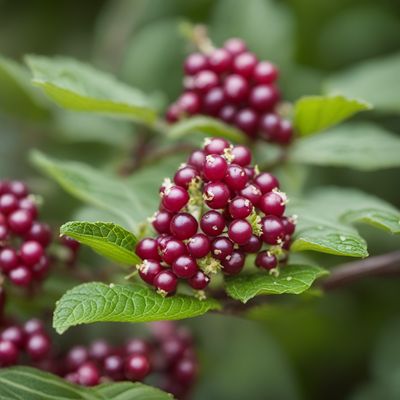
Pokeweed
The Wild Wonder: Pokeweed

Sowthistle leaves
Vibrant Greens Packed with Nutrients
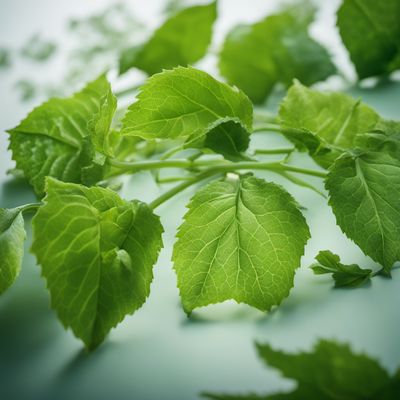
Balsam pear leaves
The Healing Power of Balsam Pear Leaves
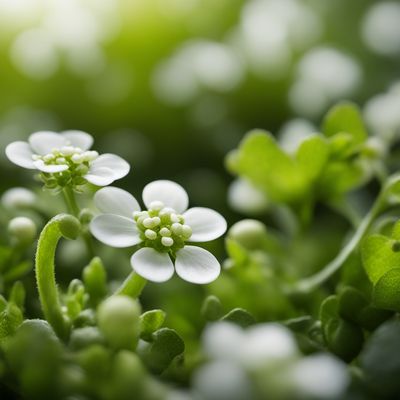
Scurvy-grass
The Citrusy Herb

Papaya leaves
The Healing Green
